Transformations
- drssmedia
- Dec 6, 2020
- 6 min read
Updated: Dec 18, 2024
ASSIGNMENT PART A
DESIGN PROCESS: ASK / DRIVING QUESTIONS
Where do ideas for artworks come from?
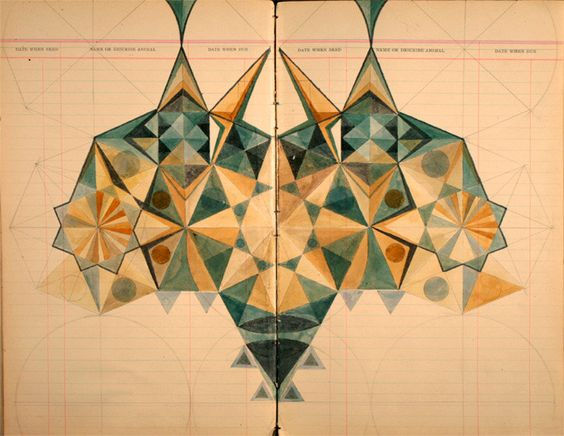
Career Corner: Curators, Conservators, and Museum Workers
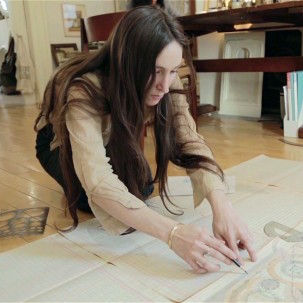
Louise Despont was born in 1983 in New York; she lives and works in New York and in Bali, Indonesia. Since discovering the potential of working with pencil and architectural stencils on paper, Despont has adopted an intuitive process in which she allows her drawings to develop as she creates them, resulting in an almost devotional object comprised of dense colors and shapes. Having collected images for many years, Despont complements her broad visual references with her interest in energy and spirituality. She uses architectural tools such as compasses, stencils, French curves and rulers to create intricate drawings on ledger paper. Her works often give geometric form to invisible phenomena of consciousness, creation, and energetic potential using a limited vocabulary of shapes stabilized by a grid or scaffold.
Watch the art21 video interview with Louise here.
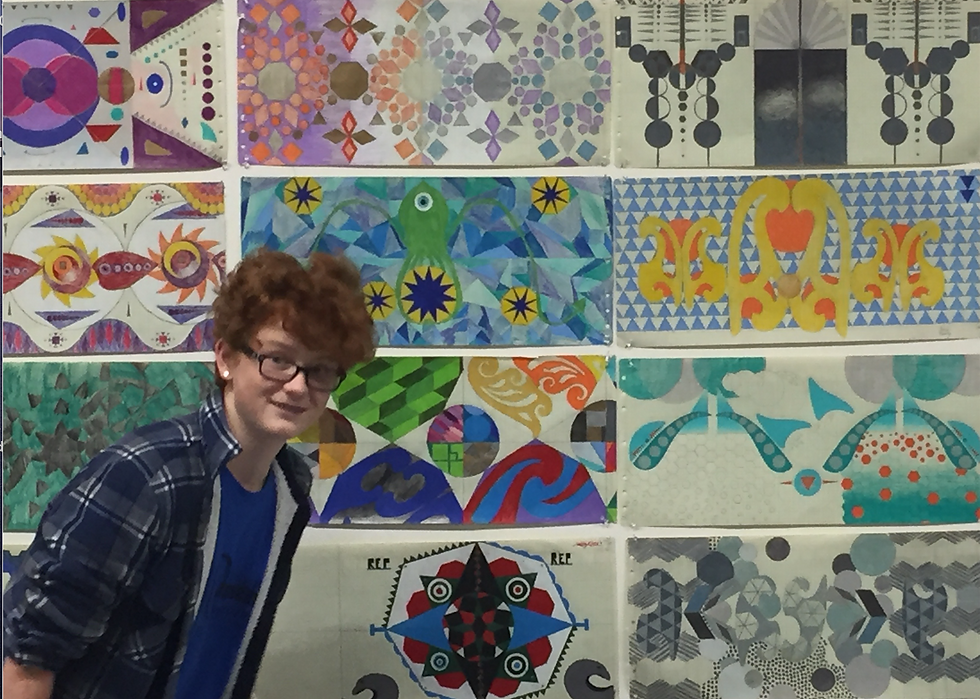
DESIGN PROCESS: EXPLORE
How do other artists convey and transform emotion, experience and meaning through symbolic shapes, colors and patterns?
Investigate: In your team, choose a culture from the padlet - to claim a culture for your research, start a post:

Combine the culture + the terms "geometric art" in your search. Ex "Australian geometric art"
Browse results looking for interesting examples. When you find something you want to share, save the image, be sure to capture any title information including artist if available, and copy the link you sourced from.
Change your name in the Subject line to the artists name or title or description of the work. Add the image.
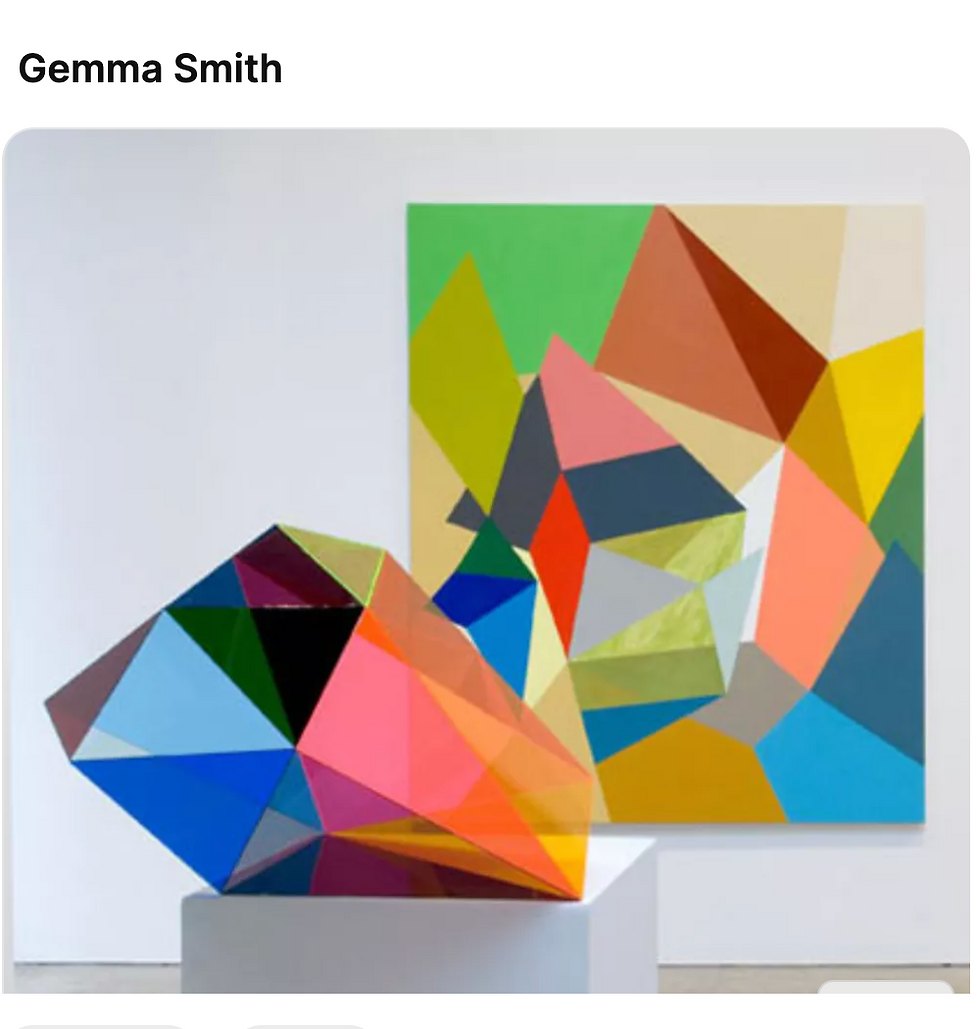
Under the image include artist, title, media, date or name of series. Craft 3-4 sentences summarizing the artists use
colors, shape / geometry, arrangement/pattern
inspiration or tradition
if its a utilitarian object explain its purpose or use
any symbolism
in your own words. Rely on your art vocabulary and knowledge of elements and principles of design.
You can review this post on elements and principles https://manage.wix.com/dashboard/ff14c303-3f55-49ee-9021-fcf2f67316f8/blog/72ff889b-5e45-436b-b11b-7cf7cfae7194/edit?referralInfo=sidebar
Include a link to your source.
Include your team members first names.
Period 1 Padlet: https://padlet.com/jennymontgomery/cxnx43sttf4nn9g5
Period 4 Padlet: https://padlet.com/jennymontgomery/5rf7b8octcsg0ow3
ASSIGNMENT PART B
DESIGN PROCESS : PLAN
Explore research results - Select one that appeals to you - in the comments describe specifically what you are seeing that captures your attention and why you find it interesting.
Comment on one post. If a post has 3 comments, look for another.
What did you learn that is new information to you?
What do you like about the geometric design?
EXPLORE: Design starting point: Geometrical Transformations
Criteria: Utilize five geometrical transformations in your initial design: translation, rotation, reflection, glide reflection and dilation.
Sketchbook Assignment: Write each of the Geometric Transformation Terms and their simple Definitions in your sketchbook. Illustrate each Transformation using any geometric shape other than the triangle example.
ASSIGNMENT PART C
DESIGN PROCESS - CREATE
How can WE create artwork that conveys and transforms our emotions or experience through patterns, color and geometry?
ESTABLISH GOALS
REVIEW Louise Desponts work as a class. As we move through the slides, select one of the options on your paper to describe the piece. Write 1-2 sentences describing how that element or principle is achieved or observed. Link to slide show LOUISE DESPONT.
SKETCH - TOTEM PPT
Start with 2 or 3 basic shapes, combine and apply geometric transformations to begin organizing a composition. Consider that you are creating your own symbolic visual language. Compose two "totem" of shapes that you might consider using in your final piece. Work on graph paper. Consider balance - symmetrical, asymmetrical and radial as you work with your design - Label your sketches to denote which transformation you applied.
USE ALL TRANSFORMATION AT LEAST ONCE.
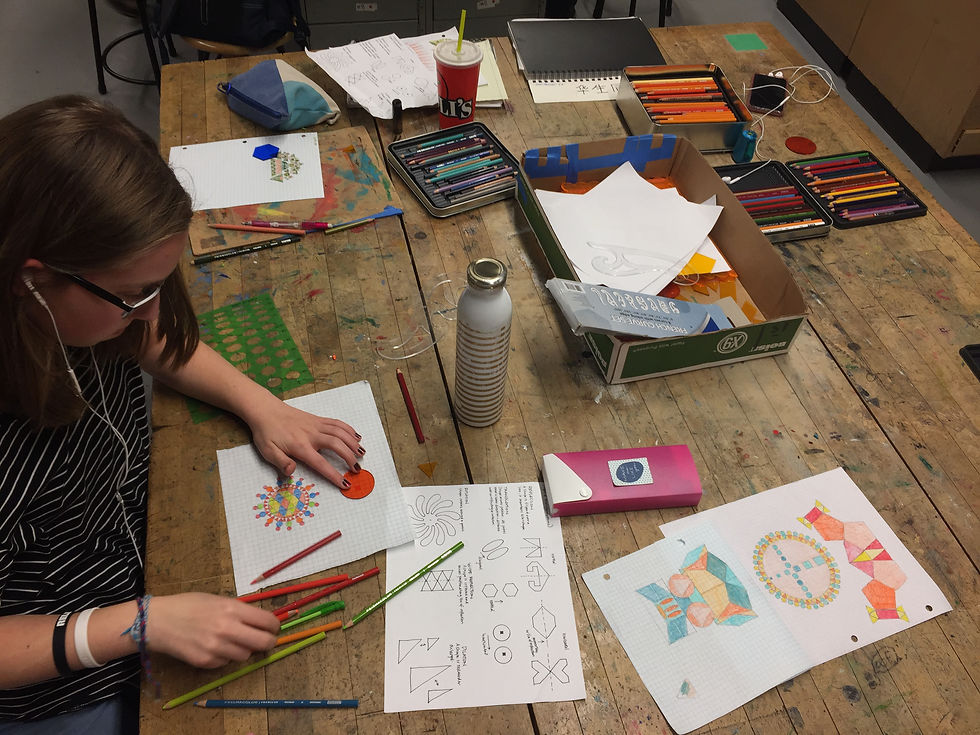
ASSIGNMENT PART D
More Color Theory
A color scheme is an association of colors based on the color wheel (e.g. color theory). A color palette is the actual selection of colors you choose for a work of art or design. Hue is the technical name for color, sometimes called the root or base color.
For the Transformations drawing project, you will choose one (or two related) color schemes to apply to your drawing. The following are the 4 most common color schemes. Write these in your sketchbook and under each one place your ruler horizontally and trace all the way around to 5 inches. Mark the inch measurements. Remove the ruler and draw horizontal lines at the measurements so it looks like this below:
Analogous—hues close to each other on the color wheel

Do the same for each of the following:
Monochromatic—all the colors (tones, tints, and shades) of a single hue
Triadic—any three-color combination consisting of base hue and two colors that are equidistant from that hue on the
color wheel. If you place an equilateral triangle on the color wheel, each point will rest on a color in the triad.
Complementary*—hues directly across from each other on the color wheel. They have high contrast
against one another. If mixed together, they make a neutral brown-gray.
*Note: It is common to combine a complementary color scheme with either monochromatic colors of those two hues or close analogous colors of those two hues.
Go to the website https://color.adobe.com/create/color-wheel
Click on the first common color scheme (Analogous). Choose a base hue with the middle circle slider. Consider colors you may like to use in your Transformations drawing. Once you have selected an analogous color grouping you like, use color pencil to replicate those colors in your sketchbook. You will need to use layering and blending to achieve results.
Do the same for the 3 remaining common color schemes: Monochromatic, Triadic and Complementary. Fill the squares and apply color in a neat, controlled way. This is important preliminary work for your next project.
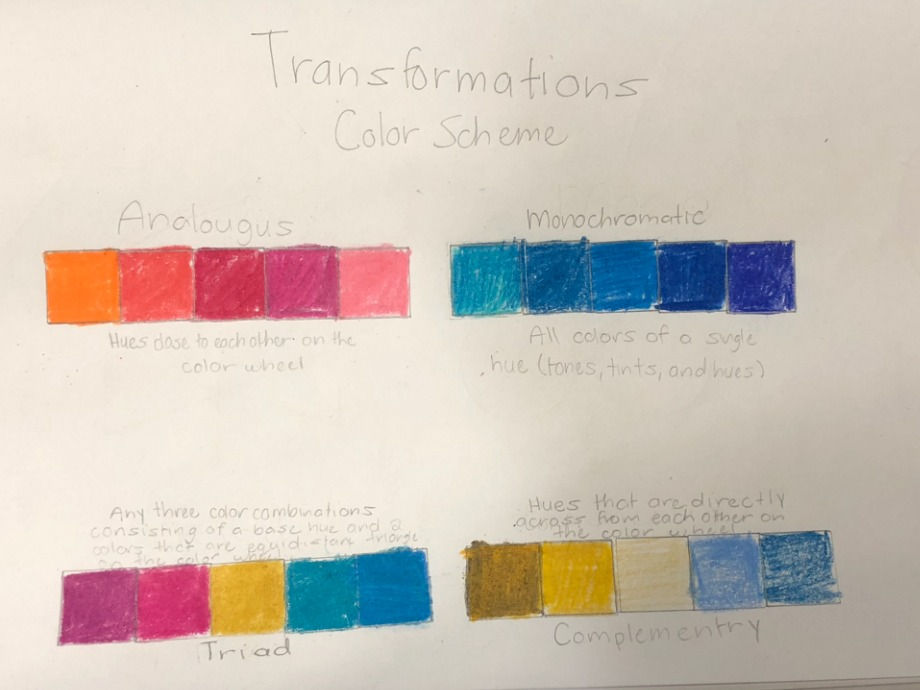
ASSIGNMENT PART E
Consider the mood / feeling / experience you are trying to convey with your arrangment of shapes and color combinations.
Apply some of your chosen color scheme to your "totem" experiments on graph paper graph paper.
Try some different color application techniques:
HATCHING
CROSS HATCHING
SCUMBLING
BURNISHING
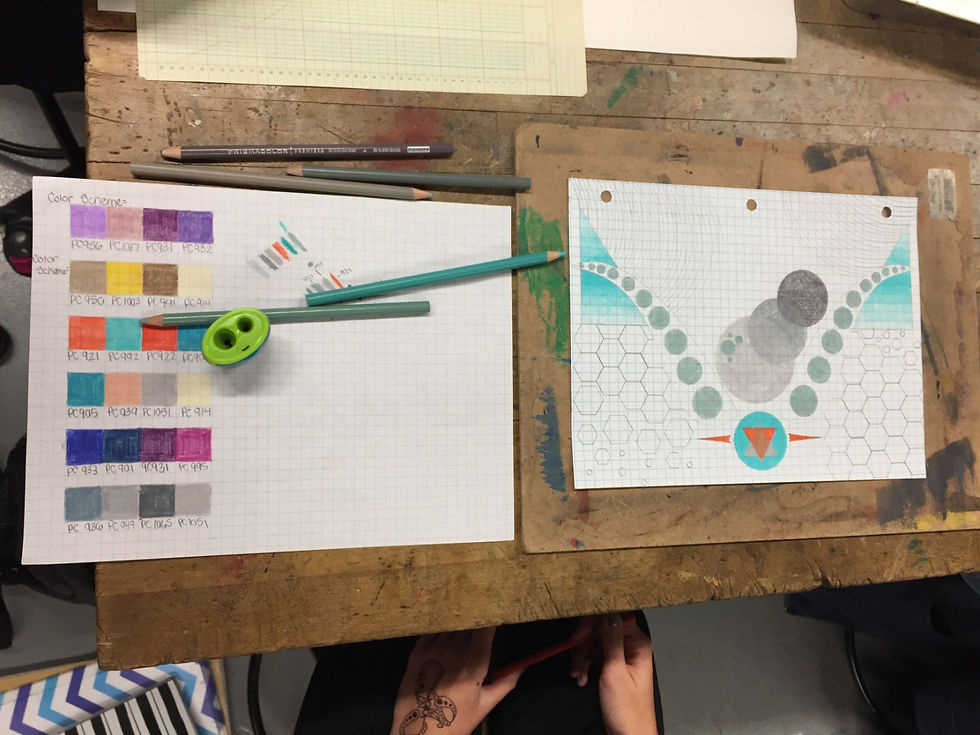
ASSIGNMENT PART F
Revisit project goals / rubric
Make a compositional sketch See Slide #4 of this PPT for instructions and example
See slide #5 in the above PPT for final drawing instructions.
Begin transferring drawing to larger paper
ASSIGNMENT PART G
DESIGN PROCESS: IMPROVE
PEER CRITIQUE/SHARING / REFLECTION
Drawing -peer feedback and reflection
Complete design and coloring.
Be able to explain your geometrical transformations within your overall composition, your choice of balance and color palette.
ASSIGNMENT PART H
DESIGN PROCESS : CREATE + refine
Complete Drawing
ASSIGNMENT PART I
DESIGN PROCESS - SHARE
REFLECTION
Slide 1 Insert a photograph of your drawing
Photograph it on the easel with black background and change your slide background to black.
Slide 2 is your Reflection
Title: Transformations
Refer to the rubric and your mid drawing reflection.
Write a reflection (in paragraph form) describing how you addressed the following points on the rubric - utilize appropriate terminology-
Mood / Emotion /Experience - what were you trying to convey through this piece or what experience did it bring while you were drawing?
Drawing - How did you utilize the five geometric transformations as a starting point for your drawing? What if any inspiration did you take from the preliminary research into how other artists and cultures utilized geometry as an expressive means? Describe your experience with the drafting tools and stencils.
Elements + Principles of Design - What type of balance did you use? How did you organize the elements to create balance? Describe how you utilized elements of design (value, color, line, shape, form, space, pattern, texture) and principles of design (pattern, repetition, movement, unity, variety, balance, emphasis)
Craftsmanship - What considerations did you have for craftsmanship in this drawing?
Studio Habits - Reflect on your studio habits throughout this project. Consider how you are operating in the studio space in relation to your engagement with the lessons and with others in the room. How are you contributing to a positive, productive and supportive space?
Goals + Growth - What were some take aways you had from the mid-drawing reflection? (Describe skills you were developing and applying, goals for the rest of the drawing)- and then ultimately how you met those goals and growth you have experienced.
Write your Name
POST YOUR POWERPOINT TO THIS PADLET MAKE SURE YOUR NAME IS ON IT!
'2022












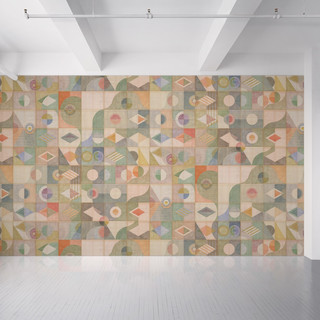




























Comments